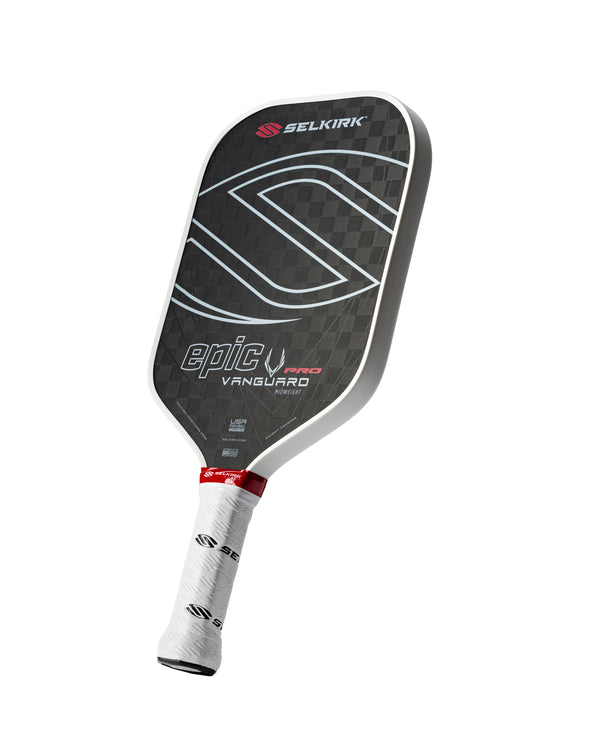
The pickleball paddle is a crucial piece of equipment for players, essential for optimal performance on the court.
Understanding the variety of paddle options and their impact on gameplay is vital for all players so they can select the best option for their skill level and comfort.
According to the USA Pickleball Rulebook, there is no official weight restriction for paddles, allowing players a wide range of choices, but most players use paddles weighing between 7-10 ounces.
However, it is important to consider several factors regarding paddle weight to find the best fit for your playing style.
Pickleball paddle weight basics: Raw weight vs. swing weight
There are two key terms to consider when discussing paddle weight: raw weight and swing weight.
Raw weight is the actual weight of the paddle measured in ounces. This is the number you would get if you were to place your pickleball paddle on a scale.
Swing weight, however, measures the resistance felt when swinging the paddle, which is often dependent on how the weight is distributed along the paddle.
A paddle with its weight evenly distributed around the midpoint is considered to have a neutral swing weight. Conversely, weight concentrated toward the paddle's head or handle affects the paddle’s balance and, consequently, its playability.
The higher a swing weight number, the heavier a paddle will feel in your hands. Paddles with a higher swing weight offer more power but are typically more difficult to maneuver.
Adjustments like adding lead tape can alter a paddle's swing weight to better suit a player’s preferences.
The best paddle weight for your style of play
Your style of play should significantly influence your choice of paddle weight.
Heavier paddles, which can impart more pace to shots, might be suitable for players who prefer a powerful game. However, a heavier paddle can also slow a player's speed at the net and make precision shots more challenging.
Players who value quick reflexes and precise control might opt for lighter paddles, though these may reduce the power behind groundstrokes.
For versatility, a mid-weight paddle offers a balance between power and control and may be ideal for players who use a mixture of power and control.
Another important consideration is the types of matches in which you engage most frequently.
In singles, you will need to drive the ball with pace, so a heavier paddle is ideal. In doubles, you will engage in a lot of fast-paced play at the net, so a lightweight paddle may be better.
This might mean you find it beneficial to use a different paddle in each of your matches, or use a mid-weight paddle for both.
The physical impact of paddle weights
Another consideration you may want to make when selecting a paddle is your physical condition.
Heavier paddles demand more strength and stamina, potentially straining the body and increasing the risk of injuries like tennis elbow. Players with plenty of upper body strength will tolerate a heavier paddle more easily than those who do not.
It’s essential to match the paddle's weight with your physical capabilities to avoid compromising your performance or health. Using a paddle that is too heavy may give you power, but you won't be able to control it as easily as a lighter weight.
Ultimately, selecting the right paddle weight is a personal decision. It should align with your playing style, physical condition, and the type of games you most frequently play. Assessing both the raw and swing weights will help you choose a paddle that enhances your performance while minimizing the risk of injury.
Selkirk Sport provides a range of paddles designed for different playing styles. Use our paddle comparison tool to find the best paddle for you, whether you're looking for power, control, or spin.





















